Europe: Peripheral neuropathy in brown layers
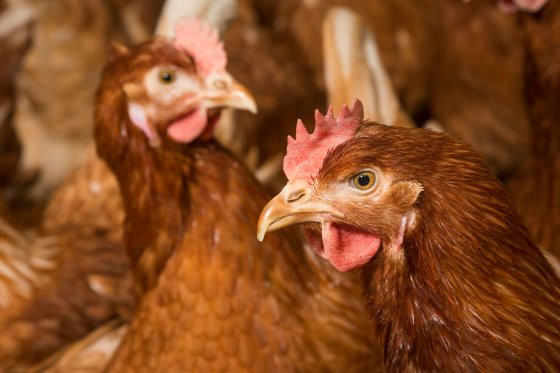
Peripheral neuropathy (PN) is considered to be an autoimmune disease affecting pullets from 6 to 9 weeks of age and can easily be misdiagnosed as Marek’s disease (MDV).
Nine outbreaks of the condition in commercial brown laying hens in Hungary, Austria and Bulgaria were investigated between 2016 and earlier by a number of US and European scientists.
They found that clinical disease and pathology consistent with damage to the peripheral nerves were typically observed with an onset between 5 and 8 weeks of age, with the signs lasting up to 14 weeks except in one case in which the clinical disease persisted for 22 weeks.
Tumours consistent with Marek’s disease were not detected in any of the birds and mortality rates varied widely between 0.7% and 8.8%. It was also noted that on one of the farms, white pullets were also kept, but did not develop any clinical signs of the disease. All the birds were vaccinated against Marek’s disease.
To differentiate the conditions from Marek’s disease, PCR was carried out on selected samples from these outbreaks. The results showed that in 16 of 83 tissues tested, a very low viral load consistent with latency was detected but in no cases was a high viral load found compatible with MD-virus induced tumours.
The study concluded that the cases were indeed peripheral neuropathy and that for the first time the report showed how real-time PCR could detect oncogenic MDV – a valuable tool in the differential diagnosis of PN and MD.
It is particular important because misdiagnosed PN can lead to a costly enforcement of the vaccination protocol. Additional vaccination against MD does not protect against PN and could worsen the clinical signs by over-stimulating the immune system.
“Differential diagnosis between PN and MD should always be considered in cases of neurological disease with enlargement of peripheral nerves as the only gross lesion,” the abstract reported in the Journal of Avian Pathology (Volume 47, 2018 Issue 4).
Until now, the UK’s Animal and Plant Health Agency reported, the real incidence of PN had been unknown. It is thought that the condition is related to certain genetic backgrounds (susceptible B-haplotypes) but the cause in many cases remains unknown.
The APHA said in its quarterly disease update, published last week, that during three months vets had encountered a case of PN in commercial brown layers. The birds had been vaccinated against Marek’s disease. Interestingly, the disease appeared to have occurred previously on the same farm. No PCR was carried out.
Join 31,000+ subscribers
Subscribe to our newsletter to stay updated about all the need-to-know content in the poultry sector, three times a week. Beheer
Beheer

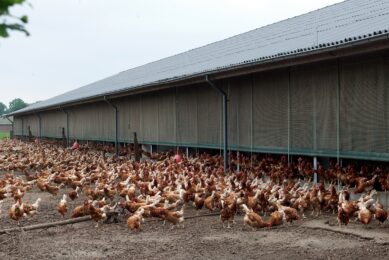
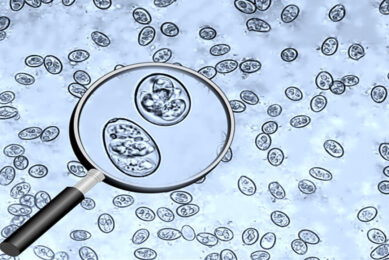
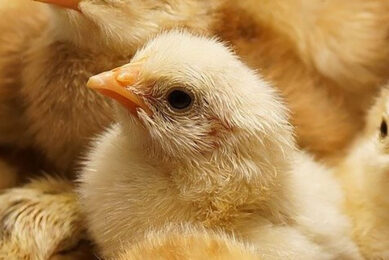
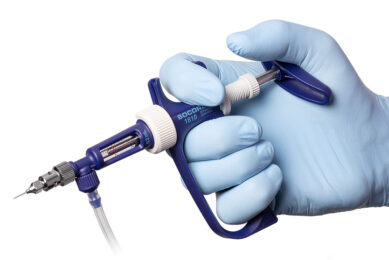



 WP Admin
WP Admin  Bewerk bericht
Bewerk bericht